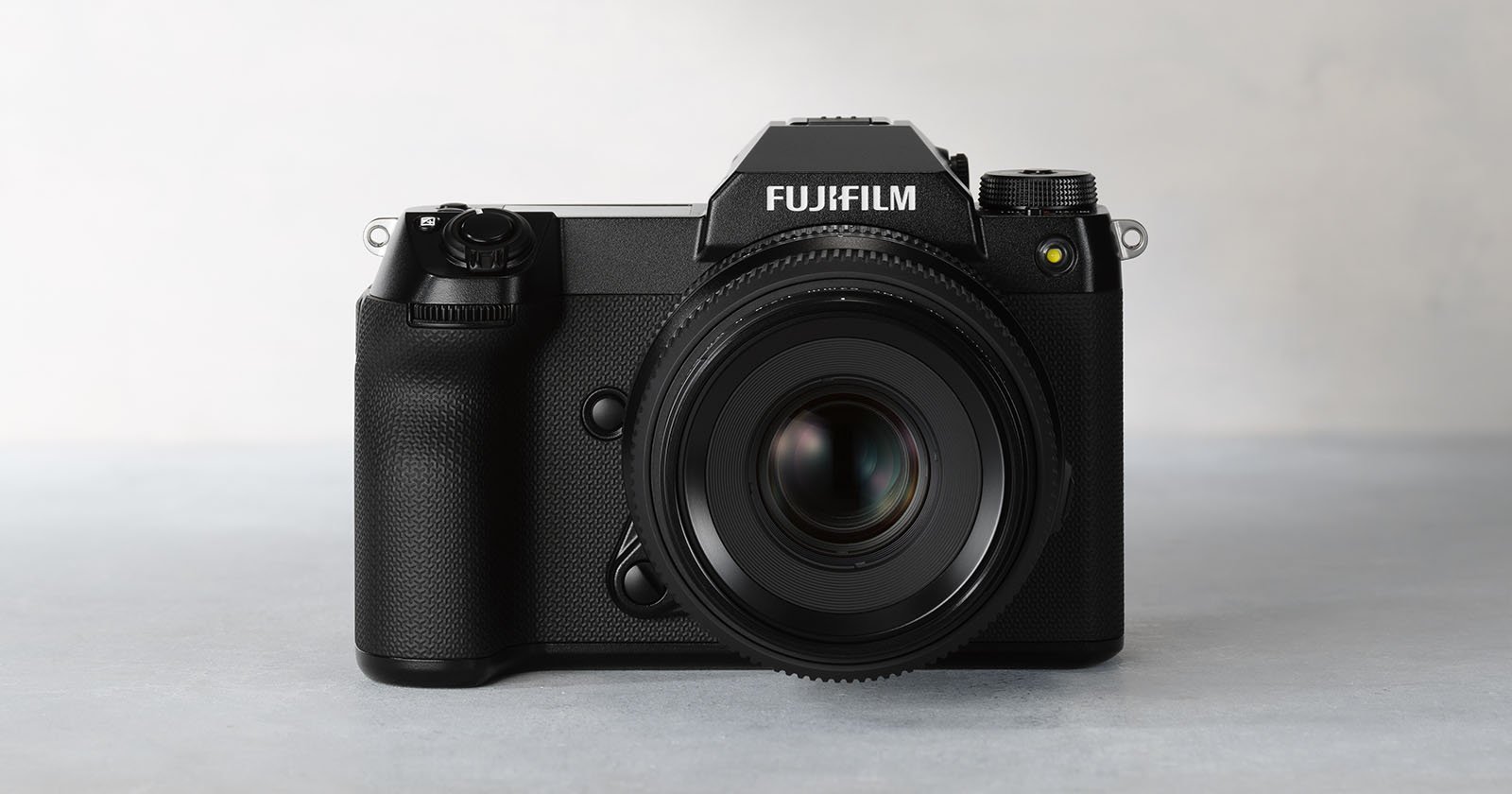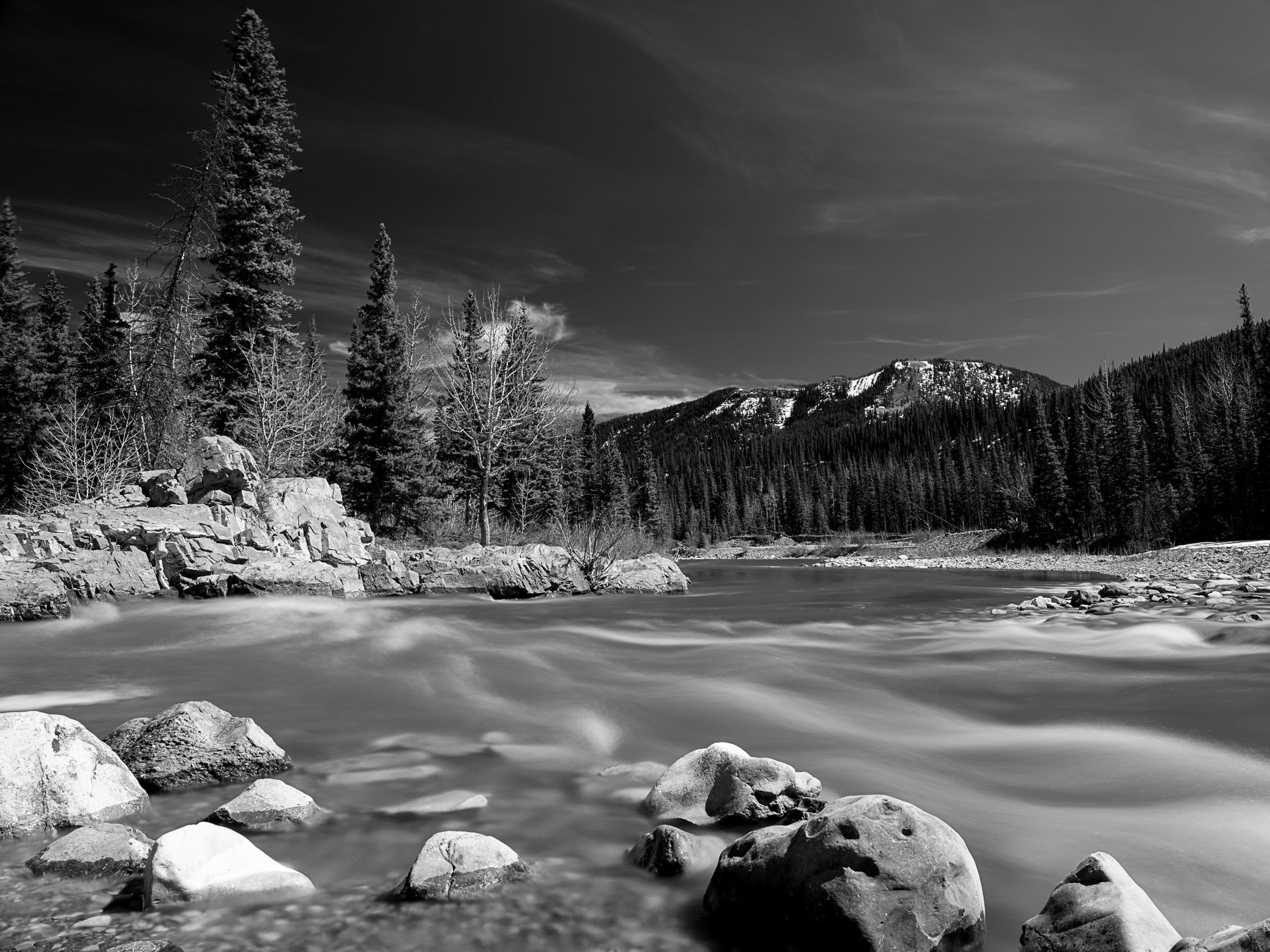![]()
Fujifilm has announced the GFX 100S II, its lightest and most affordable 100-megapixel camera (102 megapixels, to be precise). For photographers who only care about stills and prioritize image quality over all else, good luck finding a better camera than the new GFX 100S II.
The ‘Best’ Camera Depends on Priorities
Selecting the “best” camera overall is challenging, if not impossible, but you can pick a top choice in specific contexts. For example, a sports photographer may compromise resolution and image quality in favor of shooting speeds and autofocus performance. In contrast, a landscape photographer doesn’t need a giant buffer or swift focus. The best camera for one photographer is not necessarily the best for another.

The GFX 100S II Is the Top Choice for Photographers Obsessed with Image Quality
The Fujifilm GFX 100S II is the best option for photographers who care most about image quality. Although it’s a tie, thanks to sporting the same fantastic image sensor as the GFX 100 II, the GFX 100S II offers the best image quality in the GFX system. Its 16-bit RAW files — it only shoots an actual 16-bit image in single-shot mode, by the way — are superb. The GFX System has long been a landscape photographer’s dream, delivering photos with magnificent detail, tonality, and dynamic range.
I would know, as I’m mostly a landscape photographer, and I’ve been a GFX shooter since the GFX 50S launched in March 2017. While I haven’t felt a gnawing desire to move up to any of Fujifilm’s now five 100-megapixel GFX cameras, if I were to spend my money on an upgrade, it would 100% be for the GFX 100S II.
Yeah, the GFX 100 II is better by virtue of a more robust body, a class-leading electronic viewfinder, and better video features. But the GFX 100S II is $2,000 cheaper, about 150 grams lighter, and a little smaller than the GFX 100 II. The downsides don’t matter to me, and the upsides are universally beneficial for building a landscape kit. The same excellent image quality and autofocus in a cheaper and smaller body? It seems like a no-brainer for some photographers, myself included.
![]()
The GFX System Makes Medium Format Photography Accessible and Usable
More than any Fujifilm GFX camera before it, the GFX 100S II makes large-format image quality accessible and within reach for photographers. Make no mistake about it: $5,000 is still an awful lot of money to spend on a camera, but it is within the realm of normalcy and is a thoroughly straightforward camera to use (thank you, DSLR-like controls and excellent in-body image stabilization).
The GFX 100S II is $3,200 less than the Hasselblad X2D 100C — a fantastic camera in its own right. It is also tens of thousands less than the “step up” choice of a Phase One camera system, which is not easy to use but offers the best photographic image quality in the world.

Perhaps the GFX 100S II’s biggest competition is not a fellow medium-format camera at all, maybe it is a high-resolution full-frame camera like the Nikon Z8 or Sony a7R V. These cameras, with 46 and 61 megapixels, respectively, promise more speed, versatility, and flexibility regarding use cases and lenses than the GFX 100S II. They also offer excellent image quality.
However, having shot with them all, the 102-megapixel Fujifilm cameras still win out, at least when I can give each camera the best chance to succeed, which means shooting at low ISOs and using a sturdy tripod. While the GFX 100S II, like its 100-megapixel siblings, is surprisingly adept at higher ISO settings, the camera is decidedly fussier than its full-frame competition.
![]()
The GFX 100S II Helps Turn the Question of Medium Format From ‘Why?’ to ‘Why Not?’
The Fujifilm GFX 100S II, along with the GFX 100 II, is the most usable medium-format camera available. With excellent stabilization, a familiar user experience, good Fujinon GF glass options, impressive AI-powered autofocus, and decent video, the GFX 100S II is more versatile than a $5,000 medium-format camera has any business being.
However, it is bested in many ways by full-frame cameras that cost less or similar amounts. But still photographic capabilities are not among these advantages reserved for full-frame cameras.
When it comes to pure image quality, when pixels transform from merely valuable to all-important, the Fujifilm GFX 100S II makes a powerful case to be the camera of choice. It will likely find its way into many landscape photography kits in the coming months, and with good reason.
